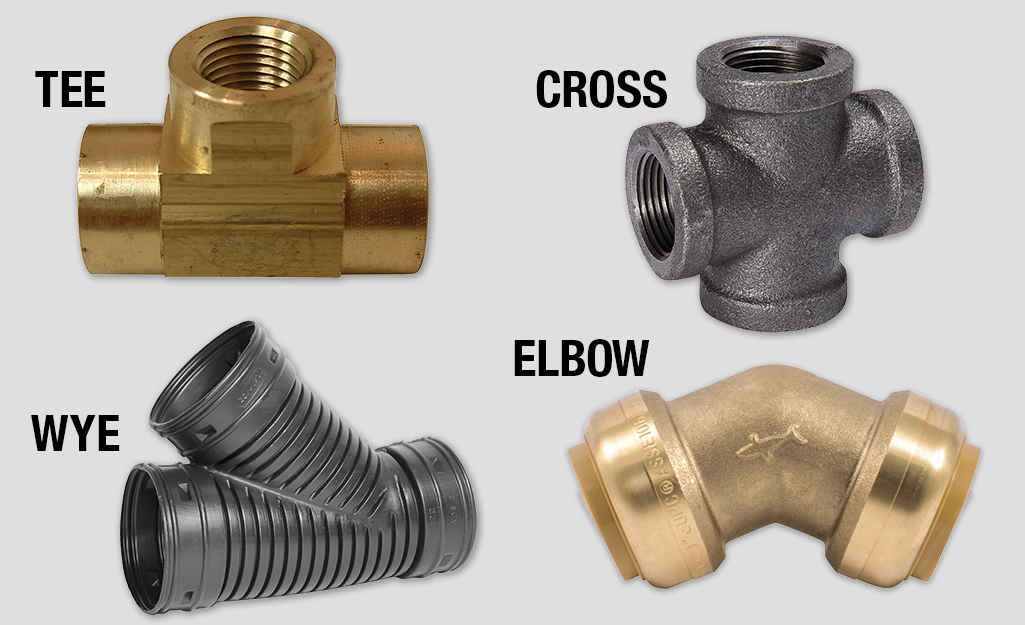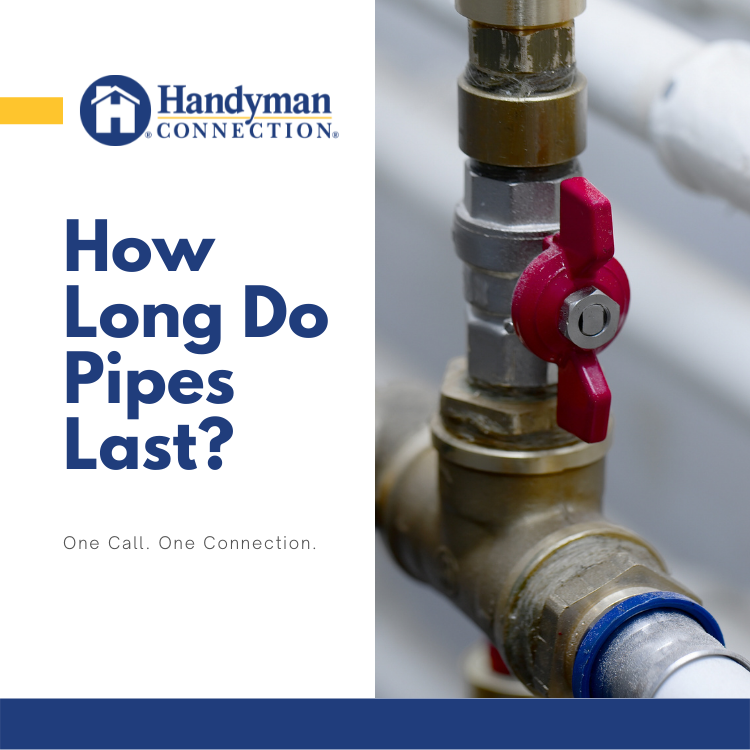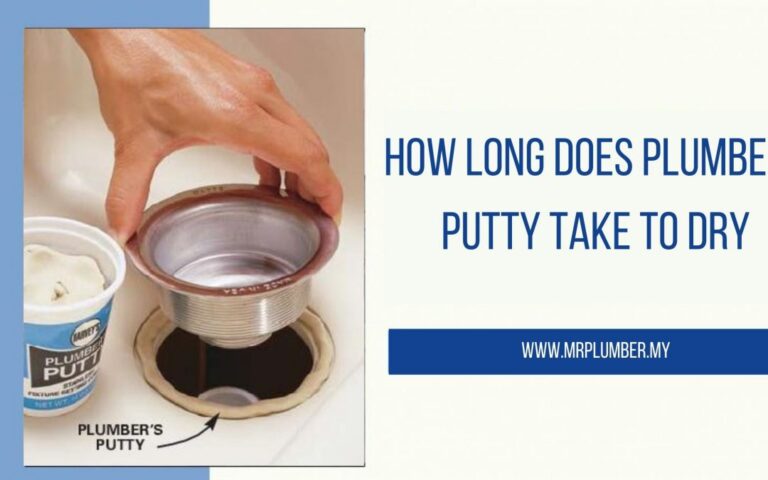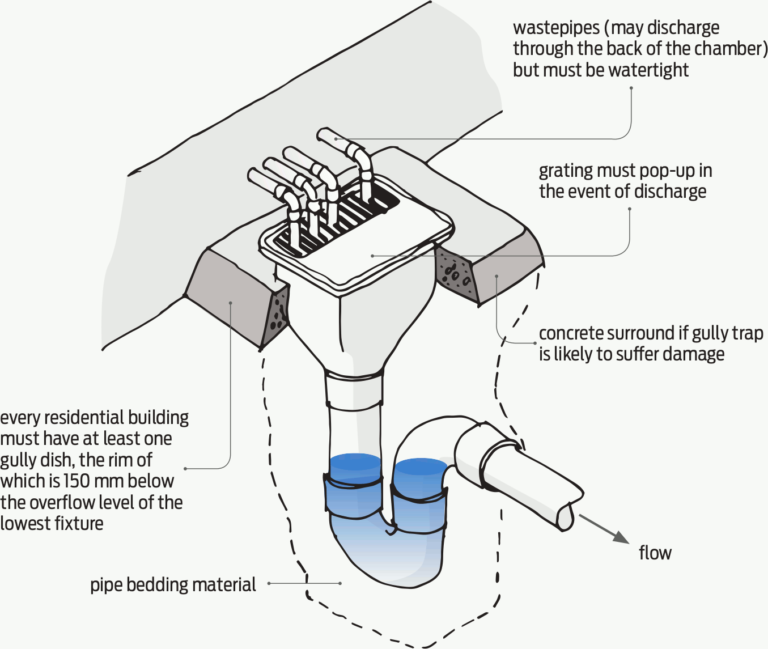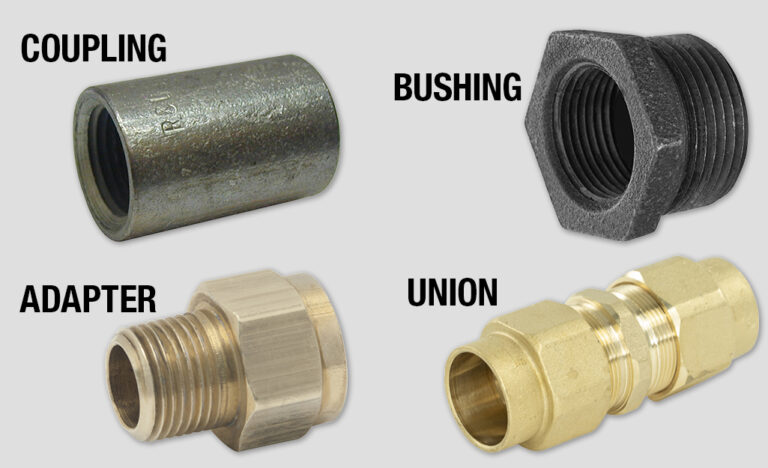What Are Different Types Of Pipe Fittings?
Pipe fittings are components used to connect, change the direction of, and terminate pipe ends. They are an essential part of any plumbing system and are available in a variety of materials and sizes to accommodate different types of piping. Common types of pipe fittings include couplings, elbows, tees, caps, reducers, unions, and flanges. Each type of fitting is designed to join pipes and/or change the direction of the flow of liquid or gas.
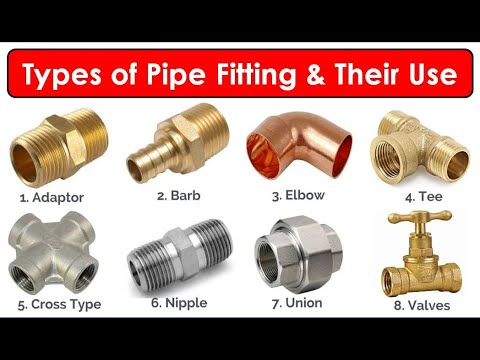
Overview of Pipe Fittings
Pipe fittings are essential components of any plumbing system, connecting pipes and allowing fluid flow between them. They come in a variety of shapes, sizes, and materials, ensuring that the right fitting is available for the right job. Not only do pipe fittings join pipes together, but they also regulate and control the flow of water, air, and other various liquids. With a wide selection of fittings available for a number of applications, pipe fittings are a necessary part of any construction project. From compression and elbow fittings to drain traps and couplings, pipe fittings are essential to any plumbing system. With the right tools and knowledge, you can ensure your plumbing system is safe, secure, and reliable. Make sure you get the right fitting for your pipes and the job at hand.
Types of Threaded Pipe Fittings
Threaded pipe fittings are an essential component of any piping system, connecting and sealing pipes together in a secure manner. There are many types of threaded pipe fittings available, each designed to meet specific needs and applications. These include elbow fittings, tee fittings, reducers, couplings, unions, caps, plugs, nipples, bushings and adapters. Elbow fittings are used to change the direction of the pipeline, while tee fittings can run three separate pipes together. Reducers are used to connect pipes of different sizes, and couplings allow for two separate pipes to be connected. Unions can be used to easily disconnect pipes, and caps and plugs are used to seal the ends of a pipeline. Nipples, bushings and adapters are all used to connect two pipes together, allowing for a better seal and less leakage. No matter what type of threaded pipe fittings you need, there is sure to be one that meets your needs and applications.
Types of Compression Pipe Fittings
Compression pipe fittings are a type of plumbing hardware used to connect two pieces of pipe together. They are designed to be easy to install and require no welding or soldering. Compression fittings are available in a variety of materials, including copper, brass, plastic, and stainless steel. Each material has its own unique properties, making them suitable for different applications. Common types of compression pipe fittings include couplings, elbows, nipples, tees, and unions. Couplings are used to connect two pieces of pipe that have the same diameter, while elbows are used to connect two pipes at an angle. Nipples are short pieces of pipe with male threads on both ends, while tees are used to form a branch connection. Unions are used for easy removal and servicing of pipes. Compression pipe fittings are a convenient and cost-effective way to make secure and reliable pipe connections.
Types of Push-Fit Pipe Fittings
Push-fit pipe fittings are an essential component of any plumbing system, providing a secure and reliable connection between two pipes. Push-fit pipe fittings are designed to allow for quick and easy installation, as well as providing a leak-proof seal without the need for tools or additional materials. These fittings come in a variety of types, including couplers, elbows, tees, reducers, and adapters. Each type of push-fit fitting offers varying levels of flexibility and convenience, making them ideal for any plumbing project. Whether you’re looking for a simple and secure connection or need the versatility of an adapter, push-fit pipe fittings are a reliable and convenient option for all of your plumbing needs.
Types of Flanged Pipe Fittings
Pipe fittings with flanges are essential for connecting pipes, valves, pumps and other equipment to form a piping system. They come in a variety of types, including welded, threaded, slip-on, socket weld, and lap joint. Each type offers unique advantages, making them suitable for different applications. Welded flanged pipe fittings allow for rapid assembly, as they can be welded directly onto the pipe. Threaded flanged pipe fittings are ideal for water and air applications, as they provide a tight seal. Slip-on flanged pipe fittings are simple to install and can be adjusted for maximum performance. Socket weld flanged pipe fittings are designed for heavier loads, while lap joint flanges are suitable for applications with high temperatures and pressures. With the correct type of flanged pipe fittings, you can ensure a safe and reliable piping system.
FAQs About the What Are Different Types Of Pipe Fittings?
Q1: What are the common types of pipe fittings?
A1: The most common types of pipe fittings are elbows, tees, couplings, reducers, caps, crosses, unions, and flanges.
Q2: What is the difference between a threaded and a solder fitting?
A2: Threaded fittings are used to connect pipes by using threaded connections, while solder fittings are connected by melting a metal alloy between two or more pieces of metal.
Q3: How do I choose the right type of pipe fitting for a particular application?
A3: The type of pipe fitting you choose will depend on the application, the type of pipe, the size of the pipe, the maximum pressure requirements, and the environment where the fitting will be used. It is best to consult with a professional if you are unsure of which type of fitting to use.
Conclusion
Pipe fittings are essential components used when installing or repairing piping systems. They are available in a wide variety of sizes, shapes, and materials to meet the needs of any plumbing job. The most common types of pipe fittings include elbows, tees, couplings, unions, crosses, caps, plugs, and valves. Each of these fittings serves a specific purpose and must be used correctly to ensure a secure connection. With the right knowledge and proper installation techniques, pipe fittings can be used to complete any plumbing project.

